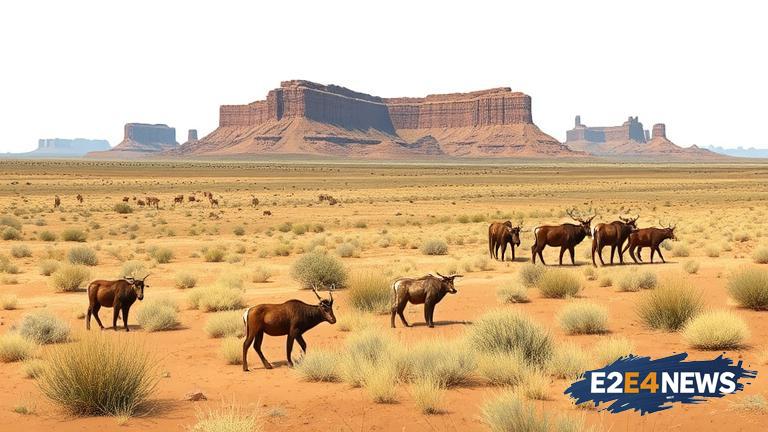The US Fish and Wildlife Service has announced that it is withdrawing its plan to expand the Muleshoe National Wildlife Refuge in Texas. The proposal, which was first introduced in 2020, aimed to add approximately 18,000 acres of land to the existing refuge. However, the plan faced significant opposition from local stakeholders, including landowners, farmers, and ranchers, who expressed concerns about the potential impact on their livelihoods and property rights. Despite efforts to address these concerns through public outreach and engagement, the service ultimately decided to withdraw the proposal. The Muleshoe National Wildlife Refuge is one of the oldest wildlife refuges in the United States, established in 1935 to provide a habitat for migratory waterfowl and other wildlife. The refuge is located in Bailey and Lamb counties in Texas and currently spans over 5,800 acres. The proposed expansion would have increased the refuge’s size by nearly 300%, providing additional habitat for a variety of species, including sandhill cranes, ducks, and geese. However, local landowners and farmers were concerned that the expansion would lead to the acquisition of their land, either through voluntary sale or eminent domain, which would have resulted in significant economic losses and disruptions to their operations. The US Fish and Wildlife Service had attempted to address these concerns by offering assurances that the expansion would be done on a voluntary basis, with landowners having the option to sell their land to the service or retain their property rights. However, these assurances were not enough to alleviate the concerns of local stakeholders, who remained skeptical about the service’s intentions. The withdrawal of the proposal is seen as a victory for local landowners and farmers, who had been vocal in their opposition to the expansion. The decision is also likely to be welcomed by local officials, who had expressed concerns about the potential impact of the expansion on the local economy and tax base. The US Fish and Wildlife Service has stated that it will continue to work with local stakeholders to identify alternative solutions for conservation and wildlife management in the region. The service has also committed to maintaining the existing refuge and continuing to provide habitat for migratory waterfowl and other wildlife. The Muleshoe National Wildlife Refuge is an important stopover point for migratory birds, with thousands of sandhill cranes and other species passing through the area each year. The refuge is also home to a variety of other wildlife, including deer, coyotes, and bobcats. The US Fish and Wildlife Service has a long history of working with local stakeholders to conserve and manage wildlife habitats, and the withdrawal of the proposal is seen as a reflection of the service’s commitment to collaborative conservation. The decision is likely to be seen as a model for other conservation efforts, where local stakeholders and landowners are involved in the decision-making process from the outset. The US Fish and Wildlife Service has stated that it will continue to prioritize collaborative conservation and community engagement in its future efforts. The withdrawal of the proposal is also likely to have implications for other conservation efforts in the region, where local stakeholders and landowners may be more likely to engage with conservation efforts if they feel that their concerns are being heard and addressed. The Muleshoe National Wildlife Refuge is just one of many wildlife refuges in the United States, and the decision to withdraw the proposal is seen as a reflection of the service’s commitment to conservation and community engagement. The US Fish and Wildlife Service has a mandate to conserve and manage wildlife habitats, while also respecting the rights and interests of local stakeholders and landowners. The withdrawal of the proposal is seen as a step in the right direction, and the service is likely to continue to work with local stakeholders to identify alternative solutions for conservation and wildlife management in the region.
